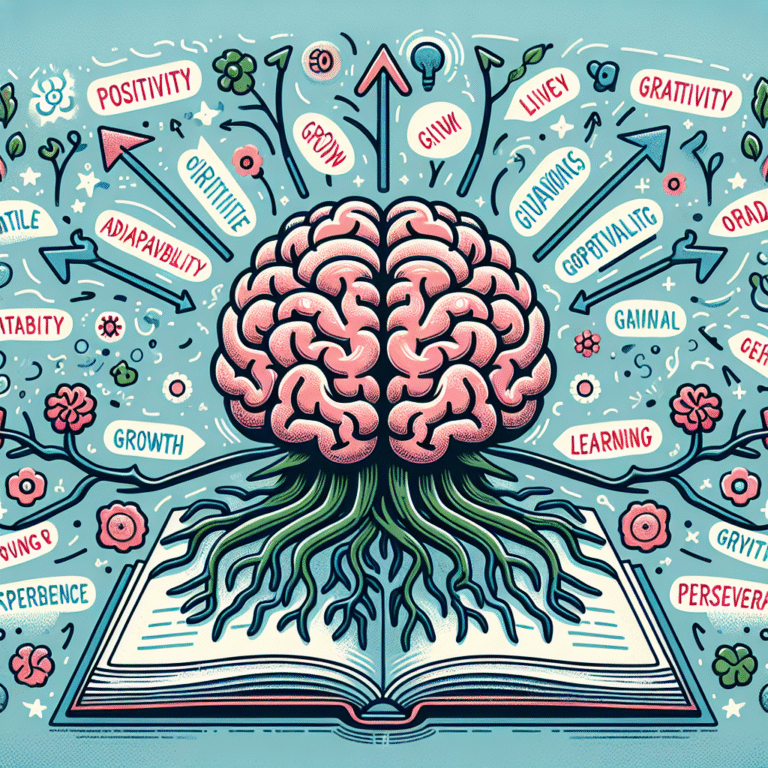
Introduction
Imagine a classroom where students are not just passive recipients of information but active participants in their own learning journey. This vision is not far off—it’s achievable through the effective application of Bloom’s Taxonomy. Empowering students means providing them with the tools to think critically, engage deeply, and take ownership of their education. In this article, we’ll explore the practical applications of Bloom’s Taxonomy in the classroom, demonstrating how educators can harness its principles to transform student learning experiences.
Understanding Bloom’s Taxonomy
What Is Bloom’s Taxonomy?
Developed by Benjamin Bloom in the 1950s, Bloom’s Taxonomy is a framework that categorizes educational goals into levels of complexity and specificity. Originally comprising six levels—Knowledge, Comprehension, Application, Analysis, Synthesis, and Evaluation—it has since been updated to include Remembering, Understanding, Applying, Analyzing, Evaluating, and Creating.
Why It Matters
Empowering students via Bloom’s Taxonomy means guiding them through these levels of understanding, leading to deeper learning. This scaffolded approach allows students to progress from basic knowledge to higher-order thinking skills, positioning them as independent learners prepared for real-world challenges.
Practical Applications of Bloom’s Taxonomy in the Classroom
1. Designing Curriculum with Intent
Case Study: A Middle School Science Class
In a middle school science classroom, the teacher designed a unit on ecosystems using Bloom’s levels to frame her lessons:
- Remembering: Students memorize the components of an ecosystem.
- Understanding: They explain how these components interact.
- Applying: Students create a model of an ecosystem.
- Analyzing: They compare two ecosystems and discuss their differences.
- Evaluating: Students assess the health of their local ecosystem and propose improvements.
- Creating: The final project involves designing a sustainable ecosystem plan.
This structured approach resulted in improved student engagement and a deeper understanding of the subject matter.
2. Engaging Students Through Interactive Activities
Table: Interactive Activities Across Bloom’s Levels
| Bloom’s Level | Activity Type | Description |
|---|---|---|
| Remembering | Flashcards | Use flashcards for key terms and definitions. |
| Understanding | Group Discussions | Engage students in discussions to clarify concepts. |
| Applying | Hands-On Projects | Create a science project based on learned concepts. |
| Analyzing | Debate Activities | Organize debates on environmental issues. |
| Evaluating | Peer Review | Implement peer reviews for student essays. |
| Creating | Innovative Design Challenge | Challenge students to design a new product. |
Incorporating interactive activities tailored to Bloom’s Taxonomy can energize the classroom. A focus on engagement not only empowers students but also fosters a collaborative learning environment.
3. Assessment Techniques Aligned with Bloom’s Taxonomy
Evaluating student progress requires assessment methods that resonate with the taxonomy’s levels. Formative assessments are crucial for providing feedback and promoting growth.
Example: A High School English Class
- Knowledge: Multiple-choice quizzes on literature.
- Comprehension: Summary writing of assigned readings.
- Application: Students write their own short stories.
- Analysis: Compare themes across different novels.
- Evaluation: Write critiques of peers’ stories.
- Creation: Produce a literature guide for a new book.
This graduated assessment strategy encourages continuous improvement, ensuring that students take an active role in their learning journey.
4. Fostering a Growth Mindset
When students understand that they can improve their abilities through effort and perseverance, they develop a growth mindset. Bloom’s Taxonomy empowers educators to cultivate this mindset by emphasizing mastery over memorization.
Case Study: A High School Math Class
In a high school math classroom, the teacher encourages students to tackle challenging problems using a scaffolded approach that aligns with Bloom’s levels. The result? An increase in student confidence and willingness to take risks with complex problems.
5. Utilizing Technology to Enhance Bloom’s Taxonomy
In the 21st-century classroom, technology serves as an empowering tool for enhancing learning. Digital platforms can facilitate creativity, collaboration, and communication—key components in Bloom’s higher levels.
Table: Technology Tools Aligned with Bloom’s Levels
| Bloom’s Level | Technology Tool | Purpose |
|---|---|---|
| Remembering | Quizlet | Create digital flashcards for vocabulary. |
| Understanding | Padlet | Collaborate and present ideas visually. |
| Applying | Google Slides | Develop presentations reflecting their work. |
| Analyzing | Infographic Design Tools | Analyze and chart data visually. |
| Evaluating | Edmodo | Offer feedback on classmates’ projects. |
| Creating | Animation Software | Animate stories or concepts learned. |
Using technology not only streamlines the learning process but also keeps students engaged, making education a two-way street.
Conclusion
Empowering students through the practical applications of Bloom’s Taxonomy in the classroom is not just a pedagogical strategy—it’s a transformative approach. By structuring learning experiences around these levels, educators can lead students on a journey from basic understanding to creative problem-solving. This empowerment isn’t merely beneficial for academic achievement; it prepares students for a lifetime of learning, inquiry, and adaptability.
As you consider how to implement these strategies, remember that every step you take towards effectively using Bloom’s Taxonomy is a significant stride in nurturing the next generation of thinkers, innovators, and leaders.
FAQs
1. What is Bloom’s Taxonomy?
Bloom’s Taxonomy is a framework that categorizes learning objectives, focusing on levels of complexity from basic knowledge to higher-order cognitive skills.
2. How can I apply Bloom’s Taxonomy in my classroom?
You can apply it by structuring lessons and assessments around its levels, ensuring that activities and evaluations encourage students to progress through the taxonomy.
3. Does using Bloom’s Taxonomy improve student engagement?
Yes, when used effectively, Bloom’s Taxonomy can increase student engagement by providing varied and interactive learning opportunities.
4. Can technology be integrated into Bloom’s Taxonomy?
Absolutely! Numerous digital tools can support each level of Bloom’s Taxonomy, enhancing creativity, collaboration, and communication in the classroom.
5. How do I assess students using Bloom’s Taxonomy?
Assess students by aligning your evaluation methods with Bloom’s levels—from simple recall questions to complex projects and peer reviews, providing a full spectrum of assessment.
By recognizing the importance of Bloom’s Taxonomy in empowering students through practical applications in the classroom, educators can create an environment that fosters deep understanding, critical thinking, and lifelong learning. Each effort to illuminate this pathway of learning makes a difference, as students take charge of their educational journeys, fully equipped for future challenges.















